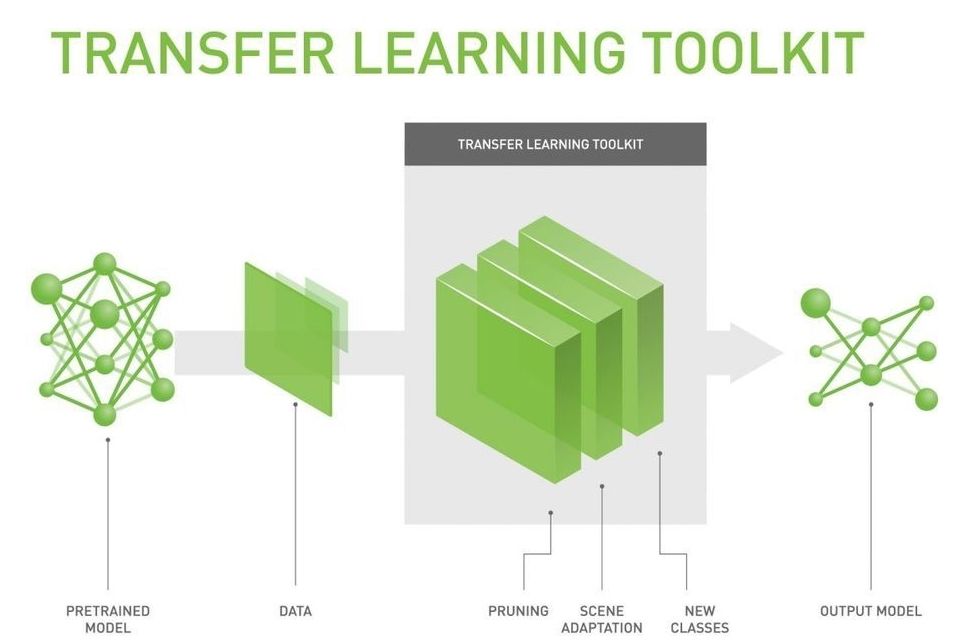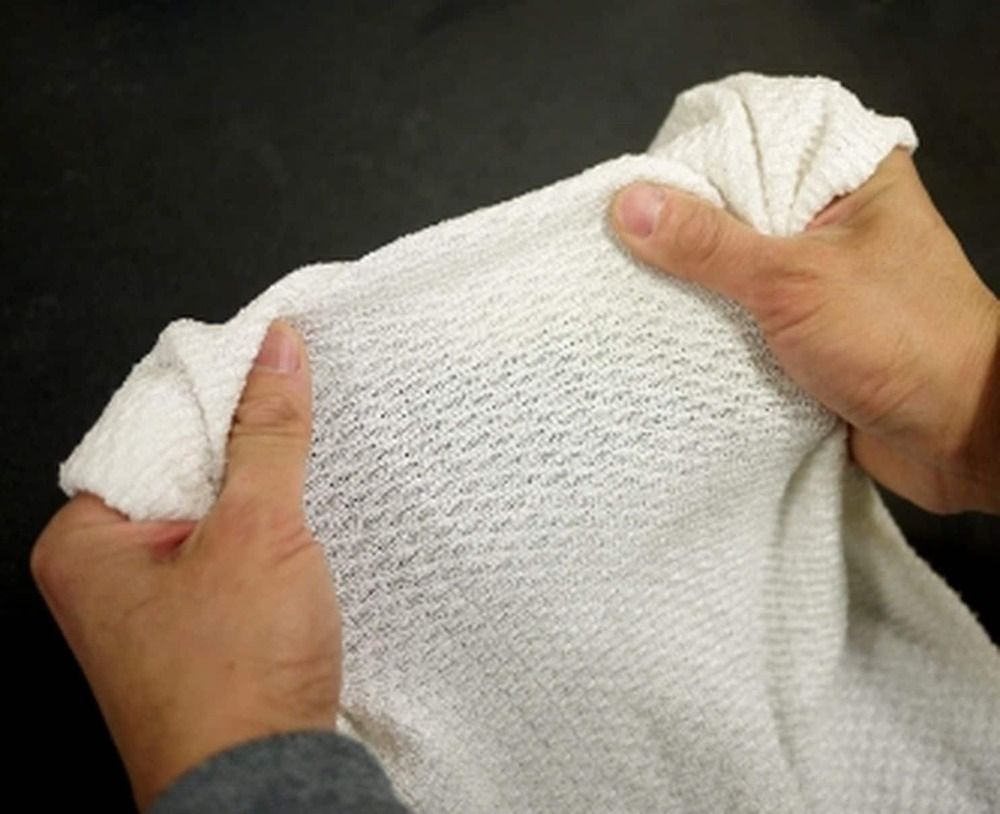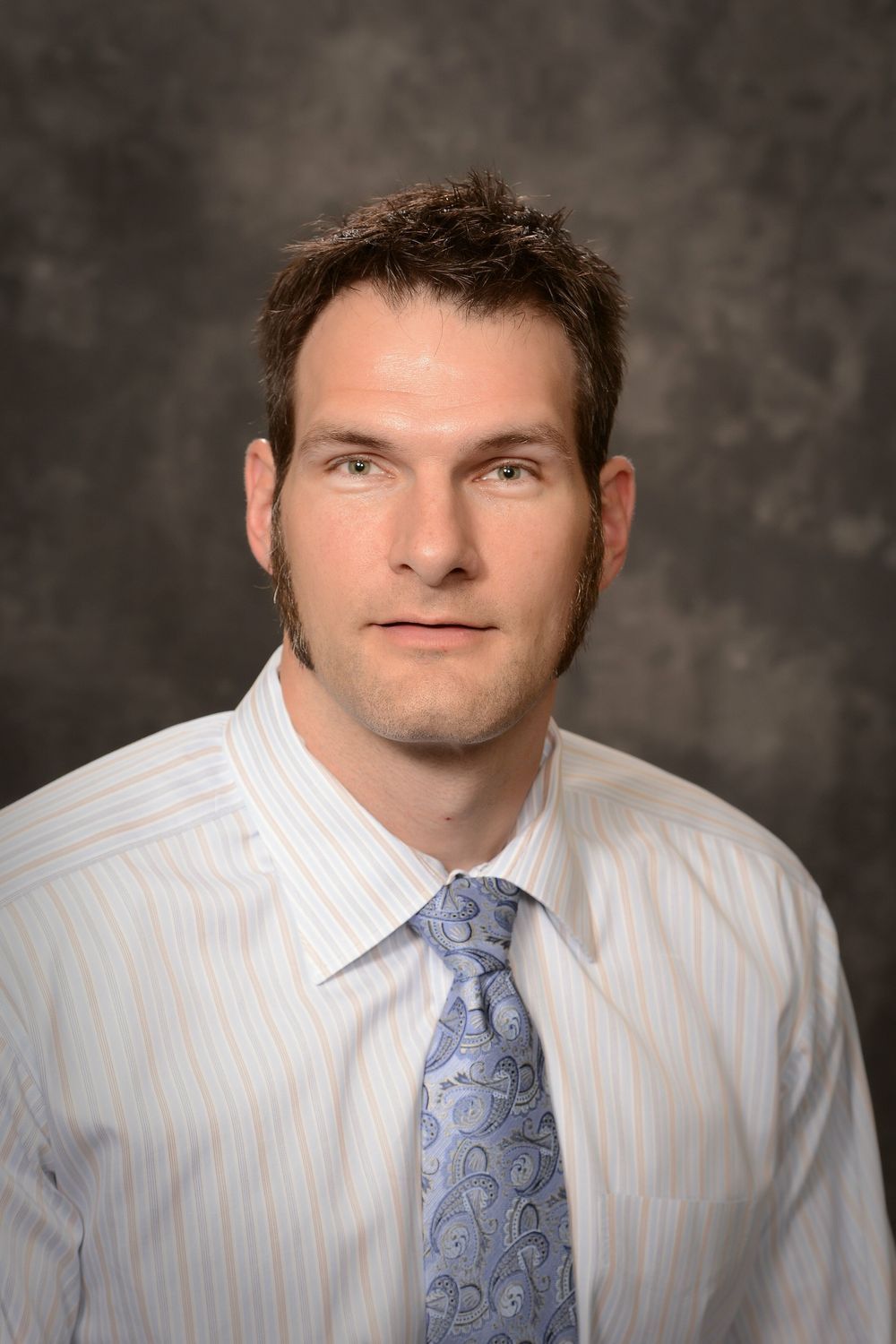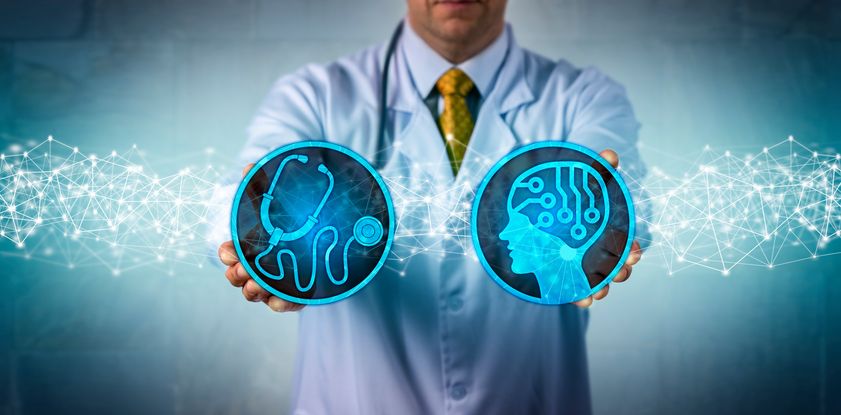Page 9046
Feb 28, 2019
U-Md. researchers develop smart fabric that automatically warms or cools you off
Posted by James Christian Smith in category: habitats
If you’re sweating on a hot summer day, for example, the fabric allows heat to escape. But when the outside temperature is cooler and the air drier, and your body gets cooler, the fabric becomes more compact, retaining heat from the wearer’s body, researchers say. The researcher’s paper, “Dynamic gating of infrared radiation in a textile,” was published in the journal Science.
If you work in a large office building, there’s a decent chance you tailor your attire to two separate weather forecasts.
There’s the outdoor weather, an evolving state of dynamic atmospheric conditions dictated by seasonal patterns. Then there’s the indoor weather, an evolving state of arbitrary conditions dictated by an all-powerful being known as the building manager, an individual whose atmospheric whims unleash equal amounts of cursing and praise.
Feb 28, 2019
Researchers develop fire-retardant coating featuring renewable materials
Posted by James Christian Smith in category: materials
Texas A&M University researchers are developing a new kind of flame-retardant coating using renewable, nontoxic materials readily found in nature, which could provide even more effective fire protection for several widely used materials.
Feb 28, 2019
ToRPEDO Privacy Attack on 4G/5G Networks Affects All U.S. Carriers
Posted by James Christian Smith in categories: energy, internet, military
The attack threatens users with location-tracking, DoS, fake notifications and more.
Privacy-breaking flaws in the 4G and 5G mobile protocols could allow attackers to intercept calls, send fake amber alerts or other notifications, track location and more, according to a research team from Purdue University and the University of Iowa.
In a paper presented at Mobile World Congress in Barcelona this week, the researchers explained that the issues arise from weaknesses in the cellular paging (broadcast) protocol. They started with the fact that when a mobile device is in its idle, low-power state, it will conserve battery life partly by polling for pending services only periodically.
Feb 28, 2019
UCF Researchers Develop First Supersymmetric Laser Array
Posted by James Christian Smith in category: biotech/medical
A team of University of Central Florida researchers has overcome a long-standing problem in laser science, and the findings could have applications in surgery, drilling and 3D laser mapping.
Using the principle of supersymmetry, they have developed the first supersymmetric laser array. Their findings were published recently in the journal Science.
Supersymmetry is a conjecture in physics that says every particle of matter, such as an electron, has one or more superpartners that is the same except for a precise difference in their momentum.
Continue reading “UCF Researchers Develop First Supersymmetric Laser Array” »
Feb 28, 2019
NVIDIA Transfer Learning Toolkit
Posted by James Christian Smith in categories: biotech/medical, robotics/AI
The is ideal for deep learning application developers and data scientists seeking a faster and efficient deep learning training workflow for various industry verticals such as Intelligent Video Analytics (IVA) and Medical Imaging. Transfer Learning Toolkit abstracts and accelerates deep learning training by allowing developers to fine-tune NVIDIA provided pre-trained models that are domain specific instead of going through the time-consuming process of building Deep Neural Networks (DNNs) from scratch. The pre-trained models accelerate the developer’s deep learning training process and eliminate higher costs associated with large scale data collection, labeling, and training models from scratch.
The term “transfer learning” implies that you can extract learned features from an existing neural network and transfer these learned features by transferring weights from an existing neural network. The Transfer Learning Toolkit is a Python based toolkit that enables developers to take advantage of NVIDIA’s pre-trained models and offers technical capabilities for developers to add their own data to make the neural networks smarter by retraining and allowing them to adapt to the new network changes. The capabilities to simply add, prune and retrain networks improves the efficiency and accuracy for deep learning training workflow.

Feb 28, 2019
Meet the ‘preeminent AI company on earth,’ but can it succeed in healthcare?
Posted by James Christian Smith in categories: entertainment, robotics/AI
Last year, my brother, then an employee at Silicon Valley-based tech company Nvidia, declared that all the AI and deep learning that is happening in healthcare is being powered by Nvidia’s graphics processing units (GPUs)…however that’s just the tip of the iceberg.
Nvidia holds a dominant position in terms of making the chips that power artificial intelligence projects, but can the Silicon Valley tech company with roots in the world of gaming and graphics succeed in healthcare?
Continue reading “Meet the ‘preeminent AI company on earth,’ but can it succeed in healthcare?” »
Feb 28, 2019
Korea: Researchers 3D Printing Tracheas with Epithelial Cells & Chondrocytes
Posted by James Christian Smith in categories: 3D printing, bioprinting, biotech/medical
Korean researchers have been experimenting further in the bioprinting of tracheal implants, publishing recent results in ‘Trachea with Autologous Epithelial Cells and Chondrocytes.’ The team of scientists details their use of polycaprolactone and hydrogel mixed with nasal epithelial and auricular cartilage cells.
After bioprinting an artificial trachea with these materials and tissue, they transplanted them into 15 rabbits, six of which were a control group. The goal was to find a way to overcome tracheal problems due to tumors, the most common of which are adenoid cystic carcinomas and squamous cell carcinomas. Previously there have been substantial challenges in creating viable tracheas that are anatomically correct and can produce a ciliated epithelium. Issues have arisen with infection, implants that become dislodged, have migrated, or experienced obstruction.
Feb 28, 2019
Apple Plans Sleep Tracking Feature for Future Watch
Posted by James Christian Smith in category: health
Apple Inc. is said to be testing a sleep monitor for a future version of its smartwatch, a feature that would bolster the company in the health- and fitness-tracking market.
Feb 28, 2019
New milestones in helping prevent eye disease with Verily
Posted by James Christian Smith in categories: biotech/medical, information science, robotics/AI
Over the last three years, Google and Verily—Alphabet’s life sciences and healthcare arm—have developed a machine learning algorithm to make it easier to screen for disease, as well as expand access to screening for DR and DME. As part of this effort, we’ve conducted a global clinical research program with a focus on India. Today, we’re sharing that the first real world clinical use of the algorithm is underway at the Aravind Eye Hospital in Madurai, India.
Google and Verily share updates to their initiative to diagnose diabetic eye disease leveraging machine learning.
















